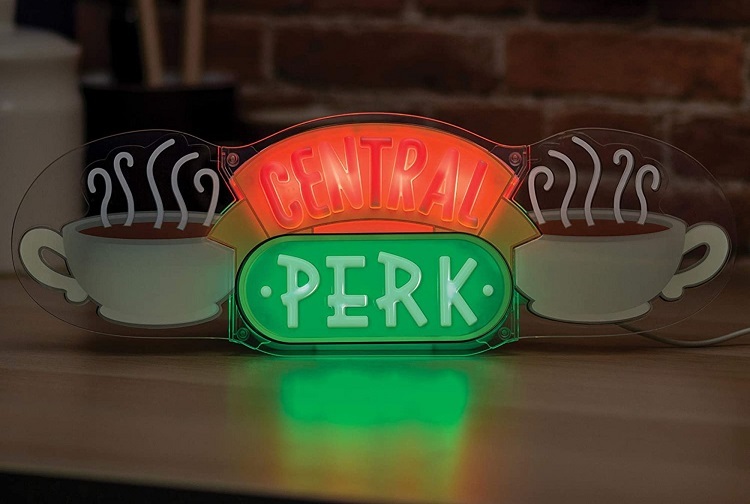Introduction
Neon signs have always fascinated everyone since they produce such a striking visual effect and can be styled in so many ways. According to Web.com reviews, even after the rise of LEDs, neon signs haven’t become any less popular. However, there are several myths surrounding the lights. Let’s bust some of the common myths so that you can make an informed choice the next time you consider neon signs in any of your projects.
The Facts
- Neon signs have toxic gases and chemicals – For some reason, this has become a very widespread myth and also hurt the neon light industry in many ways. The fact is that neon lights don’t have any harmful gases or chemicals except one, that too in a very small amount. Neon tubes are filled up with argon or neon or a combination of these two gases.
These gases are already present in the air and you breathe it all the time. If the argon tubes break, you are exposed to a very minute amount of mercury vapor, and harm is caused if you get exposed to that kind of vapor for a long time.
- LED neon light and neon light are the same thing – This couldn’t be further away from the truth since while LEDs have been around since the sixties, neon lights have a history of over a century. LED light has several small light-emitting diodes over plastic or acrylic and usually cut by machinery and finished by hand.
On the other hand, neon lights and neon signs are handcrafted products where the glass tubes are bent into shape by the craftsman over a hot flame.
- Running cost of neon signs is very expensive – While neon signs require high voltage to ionize the gases inside the tubes, they run at around 10 to 80 mA. That’s the reason that neon signs despite being high voltage consume 100 to 200 watts of power. Even though they are more expensive to operate compared to LED signs, they aren’t going to make a big dent on your utility bill. As long as you stick to small or moderately sized neon signs you are good to go.
- Neon signs aren’t environmentally friendly – All the components that go into manufacturing a neon sign are recyclable and don’t have a severe environmental impact as some sources make it out to be. On the other hand, LED manufacturing is mostly done in the eastern hemisphere and has a significant environmental toll due to import induced transportation.
- Neon signs are too hot – As long as the “hot” here means high temperature on a standard temperature scale, this myth is the most ridiculous one of them all. They are warm to the touch as any other light and if manufactured correctly shouldn’t get too hot.
Conclusion
Web.com Reviews suggests you not to believe in baseless myths and keep yourself away from purchasing your own customized neon sign. They look brilliant and the subtle diffusion effect may be more pleasing to you compared to the widespread diffusion of LED lights.











